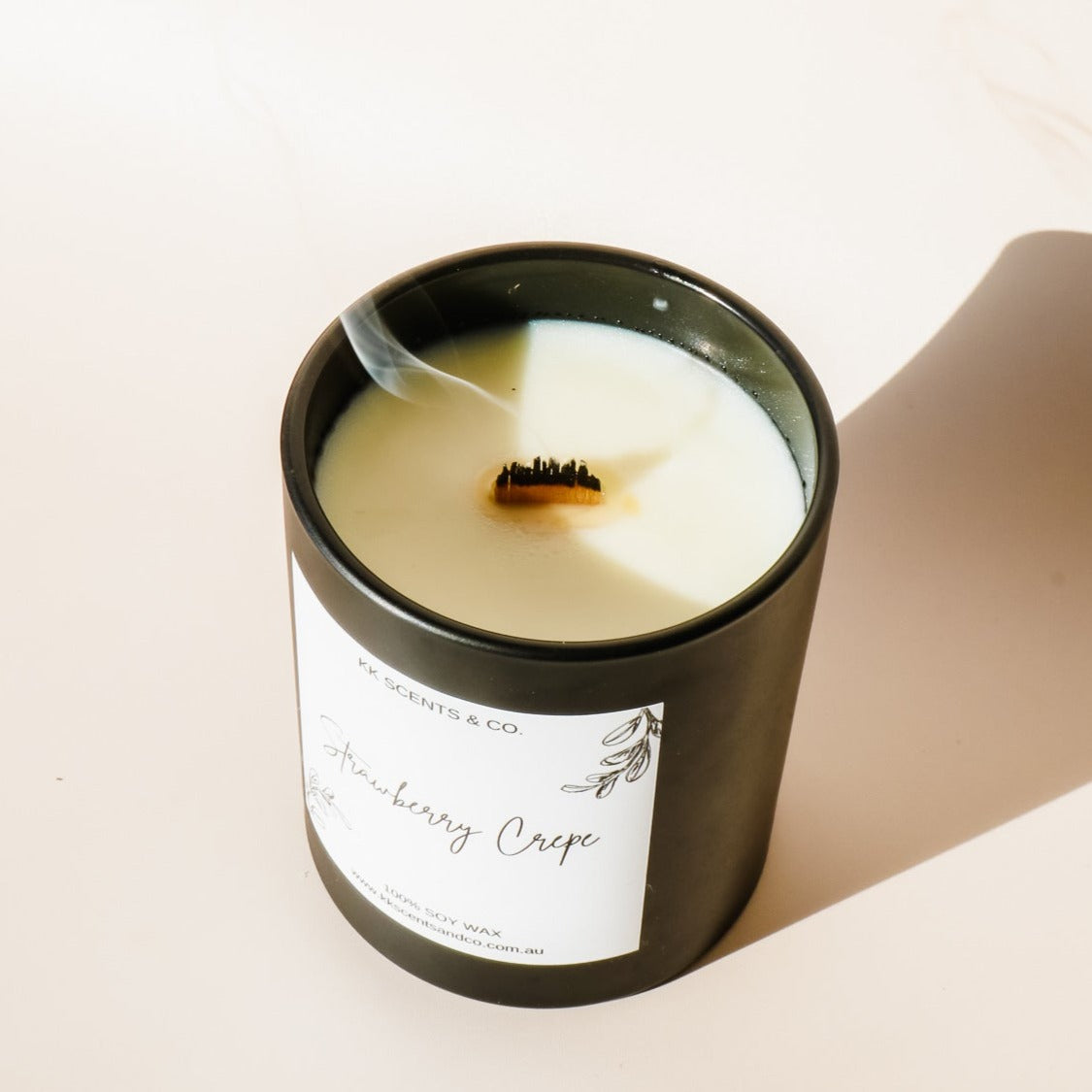Develop Ambiance with Handmade Soy Wax Candles and Home Fragrance
Develop Ambiance with Handmade Soy Wax Candles and Home Fragrance
Blog Article
From Wick to Wax: Comprehending the Chemistry Behind Soy Wax Candles and Their Ecological Impact
As we brighten our areas with the warm radiance of candle lights, there exists a world of elaborate chemistry behind the apparently simple act of lighting a soy wax candle. The selection between soy and paraffin wax extends past simple looks, diving right into the world of ecological impact and the very structure of the materials. Understanding the molecular framework of soy wax and its combustion process sheds light on the exhausts released right into our surroundings. Join us as we unwind the clinical ins and outs behind soy wax candles and discover their effects on our setting.
Soy Wax Vs. Paraffin Wax
When comparing soy wax and paraffin wax for candle production, it is important to understand the distinctive qualities and benefits of each product. Soy wax is an all-natural, renewable source originated from soybean oil, making it eco-friendly and naturally degradable - soy wax candles. In comparison, paraffin wax is a result of oil refining, which increases issues concerning its ecological influence and sustainability
Soy wax candles burn cleaner and give off less residue contrasted to paraffin wax candle lights, making them a much healthier choice for interior air quality. Furthermore, soy wax has a lower melting factor, enabling a longer-lasting candle light that distributes scent better. Paraffin wax, on the other hand, tends to shed faster and much less cleanly, possibly launching hazardous chemicals into the air.
From a sustainability perspective, soy wax is favored for its biodegradability and renewable sourcing, aligning with the growing consumer choice for environmentally conscious products. While paraffin wax has been a standard option in candle making due to its price and simplicity of usage, the shift towards environment-friendly alternatives like soy wax is acquiring energy in the market.
Chemical Structure of Soy Wax

Burning Process in Soy Candles
The chemical structure of soy wax directly influences the burning process in soy candles, affecting elements such as burn time, aroma release, and environmental influence. When a soy candle is lit, the warm from the flame thaws the wax near the wick.
The burning effectiveness of soy candles is affected by the pureness of the soy wax and the top quality of the wick. A clean-burning soy candle with an effectively sized wick will lessen and create a consistent fire residue formation. This not only extends the melt time of the candle light yet also improves the release of scents. Furthermore, soy wax candle lights have a lower environmental impact contrasted to paraffin candle lights because of their naturally degradable and eco-friendly nature.

Ecological Benefits of Soy Wax

Thought about a sustainable option to conventional click this paraffin wax, soy wax offers significant ecological advantages that make it a prominent choice amongst eco-conscious consumers. Soy wax burns cleaner and creates less soot than paraffin wax, adding to far better interior air high quality and lowering the demand for cleaning and upkeep. Generally, the environmental advantages of soy wax straighten with the expanding demand for environmentally friendly and lasting products in the market.
Recycling and Disposal Considerations
Reusing and proper disposal of soy wax candles play an important function in maintaining environmental sustainability and lowering waste in neighborhoods and families. When it comes to reusing soy wax candle lights, the first step is to make certain that the candle has actually burned entirely.

In terms of disposal, if recycling is not an alternative, soy wax candles are biodegradable and can be Learn More safely disposed of in a lot of household waste systems. Nevertheless, it is constantly advised to contact local recycling centers or waste monitoring services for details guidelines on candle disposal to make sure proper handling and environmental management.
Verdict
In conclusion, the chemistry behind soy wax candle lights discloses their ecological advantages over paraffin wax candles. Soy wax, acquired from soybean oil, burns cleaner and produces much less residue when contrasted to paraffin wax.
When comparing soy wax and paraffin wax for candle light making, it is crucial to understand the distinctive characteristics and advantages of each product (home fragrance).Soy wax candles melt cleaner and emit less residue contrasted to paraffin wax candle lights, making them a much healthier choice for interior air high quality.Thought about a lasting option to typical paraffin wax, soy wax supplies noteworthy ecological benefits that make it a preferred choice amongst eco-conscious customers. Soy wax burns cleaner and produces much less residue than paraffin wax, adding to far better interior link air top quality and minimizing the need for cleansing and maintenance.In final thought, the chemistry behind soy wax candles exposes their ecological benefits over paraffin wax candle lights
Report this page